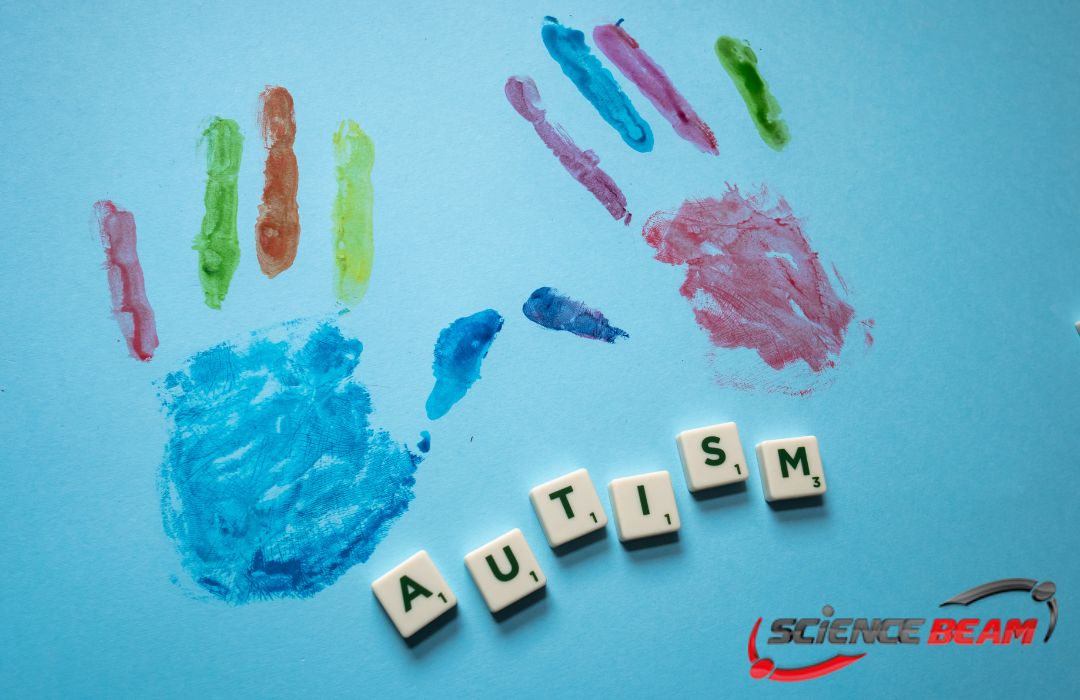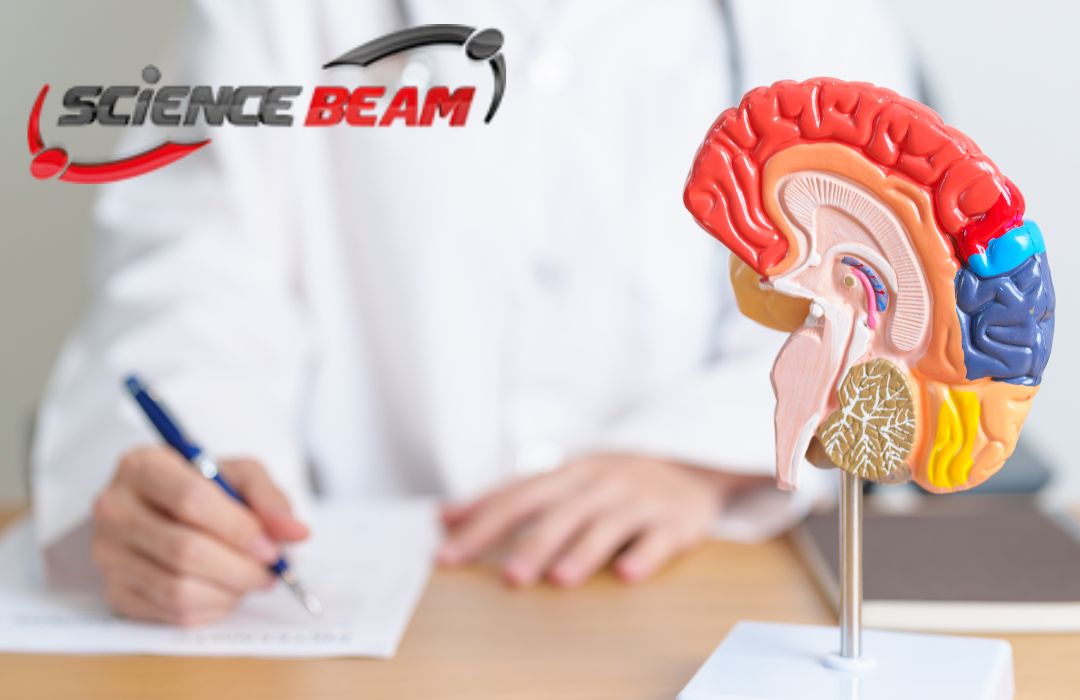What is autism?
Autism
Autism, or Autism Spectrum Disorder (ASD), is a complex neurodevelopmental disorder characterized by a range of challenges in social interaction, communication, and repetitive behaviors. The term “spectrum” in ASD emphasizes the wide variation in the type and severity of symptoms that individuals may experience. The exact cause of autism is not fully understood, and it is likely influenced by a combination of genetic, neurological, and environmental factors.
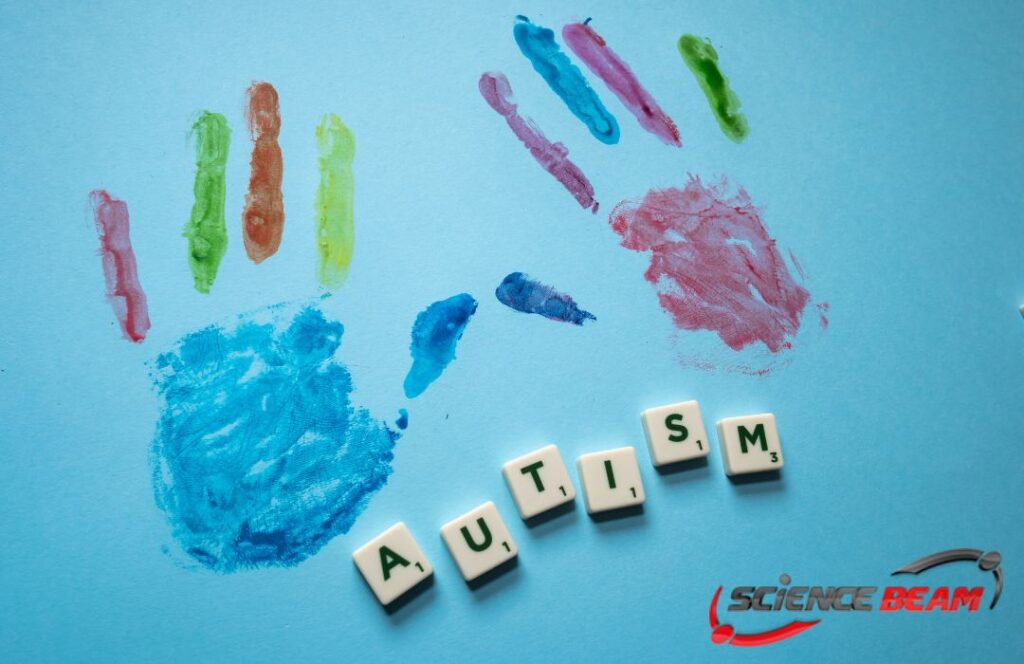
Core Characteristics:
Social Challenges: Individuals with autism often face difficulties in understanding and navigating social interactions. They may struggle with non-verbal cues such as facial expressions, gestures, and body language, making it challenging to grasp the nuances of social communication. Establishing and maintaining friendships can be particularly challenging.
Communication Impairments: Communication challenges in autism can manifest in various ways. Some individuals may have delayed speech development or remain non-verbal throughout their lives. Others may have rich vocabularies but struggle with pragmatic aspects of language, such as using language appropriately in social contexts or understanding sarcasm and metaphors.
Repetitive Behaviors and Interests: Repetitive behaviors and intense interests or fixations are common in individuals with ASD. These behaviors can include repetitive movements (e.g., hand-flapping or rocking) or a strong insistence on sameness and routines. Specialized interests, often pursued with great intensity and focus, are also prevalent.
Spectrum Diversity:
Communication skills in individuals with autism vary widely. Some may be non-verbal, relying on alternative forms of communication, while others may have well-developed verbal abilities. Additionally, individuals on the spectrum may struggle with pragmatic language skills, affecting their ability to engage in effective and reciprocal communication.
2. Social Interaction:
Social challenges are a hallmark of autism, but the degree of difficulty varies. Some individuals may seek social interaction but struggle with appropriate social cues, while others may prefer solitude. Understanding and interpreting non-verbal cues, maintaining eye contact, and engaging in reciprocal conversations represent a spectrum of abilities within social interactions.
3. Repetitive Behaviors and Interests:
Repetitive behaviors and intense interests are common in autism but can manifest differently. While some individuals may exhibit stereotypical repetitive movements, others may have specific, highly focused interests that become a source of expertise and passion. The intensity and nature of these behaviors and interests vary widely.
4. Cognitive and Intellectual Abilities:
Autism encompasses a broad range of cognitive abilities. Some individuals may have intellectual disabilities, while others may have average or above-average intelligence. It is not uncommon for individuals with autism to display areas of strength or talent, such as in mathematics, music, art, or memory.
5. Sensory Sensitivities:
Sensory sensitivities are a common aspect of autism, but the spectrum diversity is evident in how individuals respond to sensory stimuli. Some may be hypersensitive, experiencing discomfort or distress in response to certain sensory inputs, while others may be hyposensitive, seeking sensory stimulation.
6. Executive Functioning:
Executive functioning, which involves skills such as planning, organizing, and adapting to change, varies widely in individuals with autism. Some may excel in certain aspects, while others may struggle with tasks requiring flexibility or adapting to new situations.
7. Behavioral Profiles:
Behavioral profiles within the autism spectrum are diverse. While some individuals may exhibit challenging behaviors, others may not display any significant behavioral difficulties. The manifestation of behaviors is often influenced by factors such as individual temperament, environmental factors, and the presence of co-occurring conditions.
8. Independence and Daily Living Skills:
Independence in daily living skills is another area where spectrum diversity is evident. Some individuals with autism may develop self-help skills relatively independently, while others may require ongoing support and assistance.
9. Co-Occurring Conditions:
Autism often coexists with other conditions, further contributing to the spectrum diversity. Conditions such as ADHD, anxiety disorders, epilepsy, and intellectual disabilities may impact the overall profile of an individual with autism.
10. Response to Interventions:
The response to interventions and therapies can vary widely among individuals on the autism spectrum. While some may show significant improvement with certain interventions, others may require more individualized approaches.
diagnosis and early sings
Diagnosing autism involves a comprehensive evaluation of an individual’s behavior and developmental history. Early signs of autism often emerge in infancy or early childhood, and early intervention is crucial for optimal outcomes. Here are some key aspects of diagnosis and early signs of autism:
Diagnosis Process:
Screening: Pediatricians typically conduct developmental screenings during well-child visits to assess milestones and identify any concerns. Common screening tools include the Modified Checklist for Autism in Toddlers (M-CHAT) and the Ages and Stages Questionnaires (ASQ).
Comprehensive Evaluation: If screening indicates potential concerns, a comprehensive evaluation by a multidisciplinary team, including psychologists, pediatricians, speech-language pathologists, and occupational therapists, may be recommended. This evaluation assesses various domains, including communication, social interaction, behavior, and developmental milestones.
Diagnostic Criteria: Diagnosis is based on criteria outlined in the Diagnostic and Statistical Manual of Mental Disorders (DSM-5). To receive an autism diagnosis, individuals must demonstrate persistent deficits in social communication and interaction, as well as restricted, repetitive patterns of behavior, interests, or activities. Symptoms must be present in early childhood, even if they may not become fully manifest until later developmental stages.
Early Signs of Autism:
Social Interaction:
- Lack of social reciprocity: Limited or absent eye contact, reduced interest in sharing experiences or emotions with others.
- Difficulty with social cues: Difficulty understanding facial expressions, gestures, and body language.
- Limited social engagement: Preference for solitary play, reduced interest in peers or social activities.
Communication Difficulties:
- Delayed or absent speech: Lack of babbling or using words by 12 months, absence of meaningful phrases by 24 months.
- Lack of gestures: Limited use of gestures such as pointing, waving, or nodding.
- Difficulty in conversation: Challenges in initiating or sustaining conversations, repetitive or echolalic speech (repeating words or phrases without context).
Repetitive Behaviors and Interests:
- Stereotyped movements: Repetitive movements such as hand-flapping, rocking, or spinning objects.
- Fixated interests: Intense focus on specific topics, objects, or activities, often to the exclusion of other interests.
- Resistance to change: Distress or difficulty with transitions, insistence on sameness and routines.
Sensory Sensitivities:
- Hypersensitivity: Overreaction to sensory stimuli such as lights, sounds, textures, or smells.
- Hyposensitivity: Seeking sensory stimulation, such as repeatedly touching or mouthing objects.
Motor Skills:
- Motor delays: Difficulty with fine or gross motor skills, such as coordination, balance, or manipulating objects.
Other Early Indicators:
- Unusual play behaviors: Engaging in repetitive or ritualistic play patterns, such as lining up toys or spinning objects.
- Lack of response to name: Not responding when their name is called, seeming unaware of their surroundings.
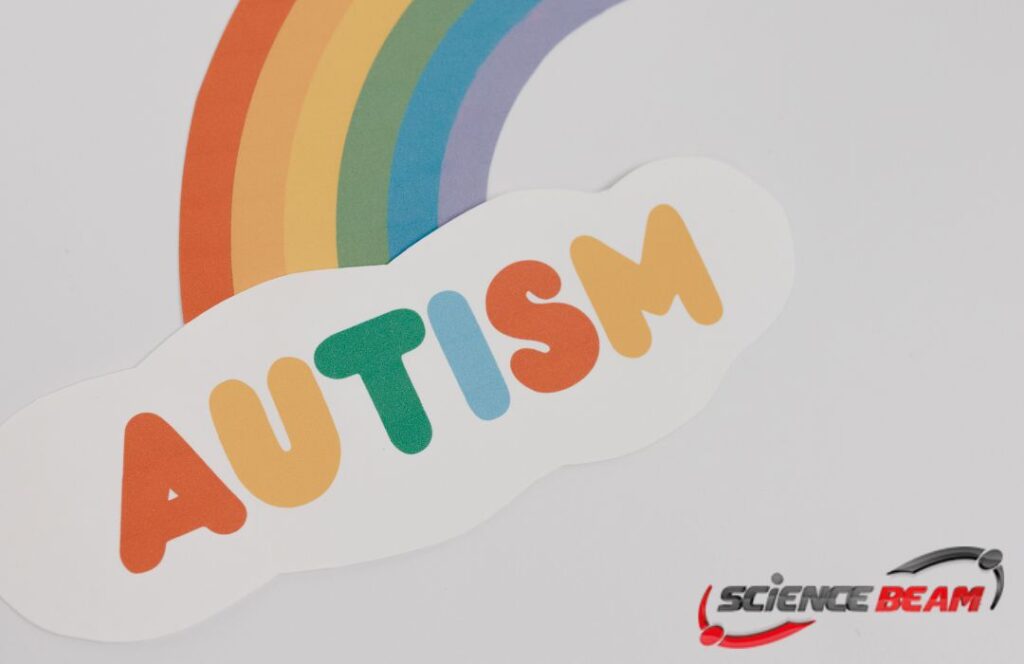
causes and risk factors of autism
The causes of autism spectrum disorder (ASD) are complex and multifactorial, involving a combination of genetic, neurological, and environmental factors. It’s important to note that the exact cause of autism is still not fully understood, and research in this area is ongoing. Here’s an overview of the known causes and risk factors associated with autism:
1. Genetic Factors:
- Heritability: There is a strong genetic component to autism. Research indicates that if one identical twin has autism, the likelihood of the other twin also having autism is high. However, it’s not entirely determined by genetics, as the concordance rate is not 100%, suggesting that other factors contribute.
- Multiple Genes: Many genes are believed to contribute to the development of autism. Certain genetic mutations or variations may increase susceptibility, and different combinations of these genetic factors may result in the diverse manifestations seen on the autism spectrum.
2. Neurological Factors:
- Brain Development: Abnormalities in brain development are associated with autism. Neuroimaging studies have identified structural and functional differences in the brains of individuals with ASD, particularly in areas related to social cognition, language, and sensory processing.
- Connectivity Issues: Alterations in neural connectivity and communication between different regions of the brain may play a role in the development of autism.
3. Environmental Factors:
- Prenatal Factors: Certain prenatal factors have been linked to an increased risk of autism.
- Maternal Age: Advanced maternal age is associated with a higher risk.
- Prenatal Complications: Exposure to certain prenatal complications or infections during pregnancy may contribute.
- Medications: Some medications taken during pregnancy have been studied for their potential link to autism.
- Perinatal Factors: Complications during birth, such as prematurity or low birth weight, may be associated with a slightly increased risk.
4. Genetic Syndromes and Mutations:
- Some genetic syndromes are known to be associated with a higher risk of autism. Examples include Fragile X syndrome, Rett syndrome, and tuberous sclerosis.
5. Environmental Exposures:
- Toxins: Some studies have explored the potential role of environmental toxins, such as certain pesticides or pollutants, in contributing to the risk of autism. However, the evidence in this area is still inconclusive.
6. Immune System Dysfunction:
- Some researchers are investigating the role of immune system dysfunction in autism. Certain immune system-related factors, such as maternal immune response during pregnancy, are being explored.
7. Gender and Genetic Interaction:
- Autism is more commonly diagnosed in males than females. The reasons for this gender disparity are not entirely clear but may involve interactions between genetic susceptibility and hormonal factors.
8. Parental Age:
- Advanced paternal age has been associated with a slightly increased risk of autism. The mechanism behind this association is not fully understood but may involve genetic mutations accumulating in sperm cells over time.
Neurological Basis:
Research suggests that autism is associated with atypical brain development and connectivity. Neuroimaging studies have revealed structural and functional differences in the brains of individuals with ASD, particularly in areas related to social cognition and communication. However, the precise neural mechanisms underlying autism are still a subject of ongoing investigation.
Treatment and Interventions:
While there is no cure for autism, various interventions and therapies can significantly improve the quality of life for individuals with ASD. Early intervention programs, speech therapy, occupational therapy, and behavioral interventions are commonly employed. Applied Behavior Analysis (ABA), for instance, focuses on reinforcing positive behaviors and teaching new skills.
Supporting Individuals with Autism:
Creating an inclusive and supportive environment is crucial for individuals with autism. Educators, caregivers, and peers play essential roles in providing the necessary support. Strategies such as visual aids, structured routines, and clear communication can help individuals with autism navigate their daily lives.
Challenges and Stigmas:
Despite increased awareness and understanding, individuals with autism and their families may face challenges related to societal attitudes and stigmas. Misconceptions about autism can lead to social isolation, discrimination, and difficulties accessing appropriate services and accommodations.
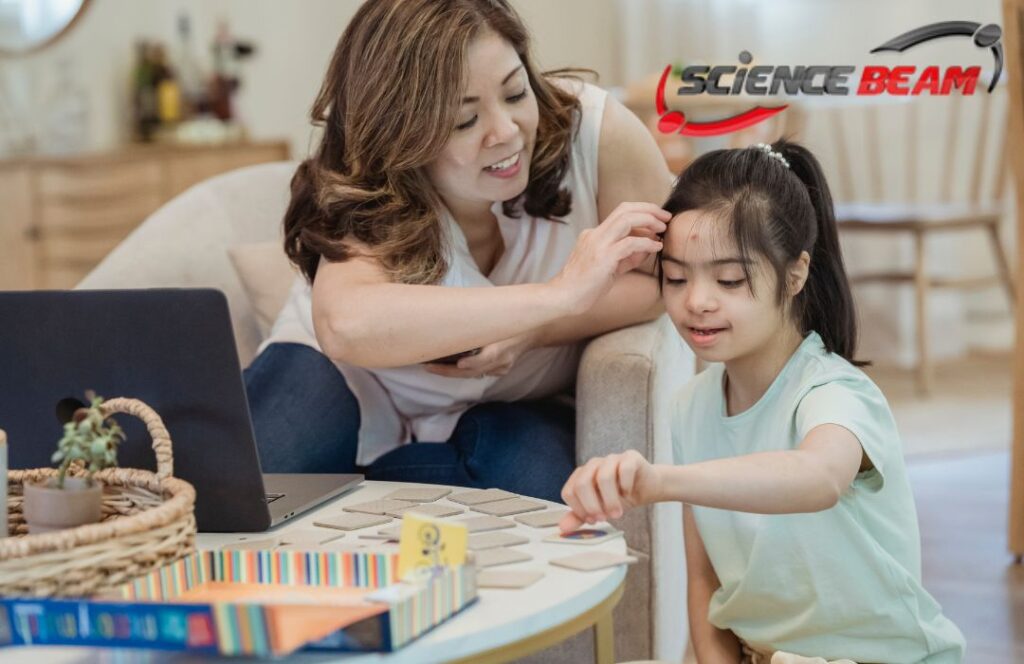
Advocacy and Awareness:
Advocacy efforts and increased public awareness have contributed to a better understanding of autism. Organizations and initiatives globally work to promote acceptance, inclusion, and equal opportunities for individuals with ASD. World Autism Awareness Day, observed annually on April 2nd, serves as a reminder of the importance of fostering understanding and support.
Conclusion:
In conclusion, autism is a complex and multifaceted neurodevelopmental disorder that affects individuals in diverse ways. While challenges in social interaction, communication, and repetitive behaviors are common features, the spectrum nature of autism emphasizes the unique strengths and abilities of each individual. Ongoing research and awareness efforts are vital to further our understanding of autism and enhance support systems for individuals and their families. By embracing diversity and promoting inclusivity, society can contribute to a more supportive and accepting environment for individuals with autism.
